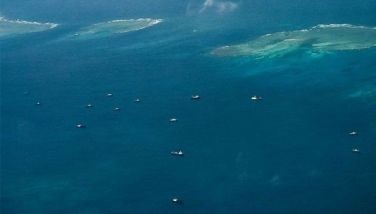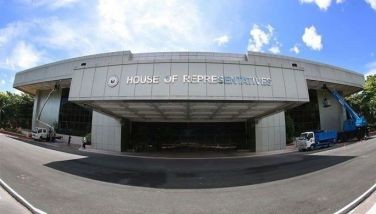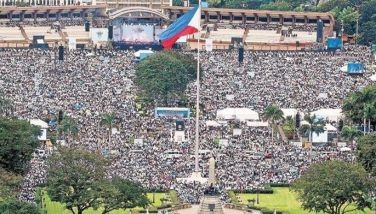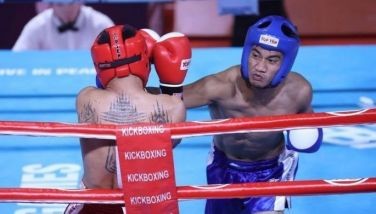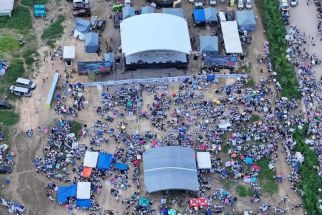The August 5 Ayungin Shoal incident: Confronting Chinese grey zone ops in West Philippine Sea
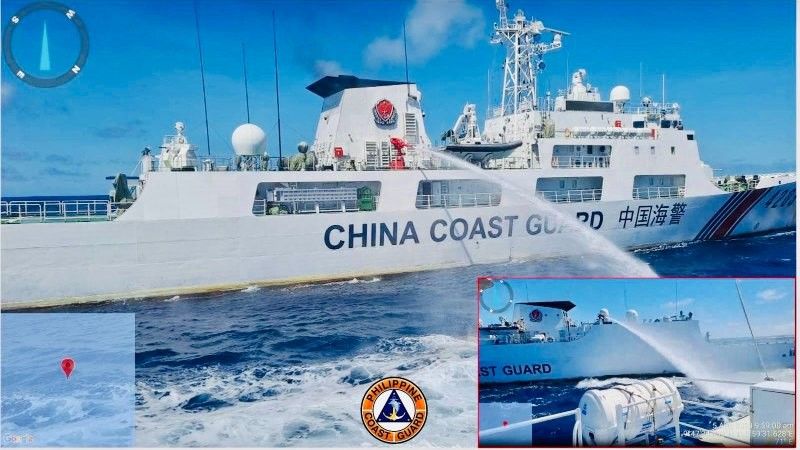
On Aug. 5, 2023, China Coast Guard (CCG) vessels blocked and used water cannons against a Philippine Coast Guard (PCG) convoy delivering supplies to the small Philippine garrison on board a beached Philippine Navy (PN) commissioned Landing Ship Tank (LST) BRP Sierra Madre on Ayungin Shoal.
According to media reports, the PCG ships were escorting two PN chartered supply boats on their way to the said land feature when suddenly, a CCG ship approached and used water cannons to block the resupply boats from the beached BRP Sierra Madre. The wooden boats were attempting to deliver vital supplies including food, water, and fuel to the small detachment of Philippine Marines living aboard the beached LST.
During the incident, the CCG ships hit one of the AFP chartered supply boats with a powerful water cannon. Nevertheless, while one of the PN chartered supply boats was blocked and hit by water cannon, another was able to break through and successfully delivered some of the supplies to the small Philippine garrison on board the BRP Sierra Madre.
In 1999, the said PN ship was deliberately beached at Ayungin Shoal to prevent China from occupying the land feature after it successfully occupied Mischief Reef in 1995. Eventually, China established a military base on Mischief Reef, deep inside the Philippines’ Exclusive Economic Zone (EEZ).
Like Mischief Reef, Ayungin Shoal lies within the country’s EEZ. However, China also claimed the said land features based on its expansive nine-dash line maritime claim in the South China Sea.
In the last decade, China has vigorously asserted its sovereignty over most of the South China Sea and has militarized its reclaimed land features while at the same time, deploying its coast guard vessels, naval ships, and a state-backed maritime militia around several disputed land features including Ayungin Shoal.
Confronting China
The Philippine government’s response to this incident was vigorous. The PCG, through its spokesperson Commodore Jay Tarriela, called on the “CCG to restrain its forces, respect the Philippines’ sovereign rights in its EEZ, refrain from hampering the freedom of navigation, and take appropriate actions against the individuals involved in this unlawful incident.”
The Philippine Department of Foreign Affairs (DFA) also summoned the Chinese ambassador to Manila. In her meeting with Chinese Ambassador Huang Xilian, DFA Undersecretary Theresa Lazaro conveyed “the strong protest of the Philippine government to the blocking and water cannon operation by the Chinese Coast Guard and Chinese maritime militia vessels against Philippine indigenous boats.”
She also handled the Chinese ambassador with a diplomatic protest that condemned the Chinese vessels’ behavior, told China to stop interfering in legitimate Philippine activities, and urged China to comply with its various obligations under international law, including the 1982 United Nations Convention on the Law of the Sea (UNCLOS). The DFA also expressed its disappointment that it was not able to reach China’s foreign ministry through a hotline established between the two countries during President Ferdinand Marcos Jr.’s state visit to Beijing in January 2023.
Challenging Chinese grey zone operations
The August 5 Ayungin Shoal incident is not the first instance when CCG ships have attempted to prevent the PCG/PN’s resupply mission to the BRP Sierra Madre on Ayungin Shoal. In November 2021, CCG ships blocked two Filipino resupply vessels carrying food and other supplies to the marines onboard the BRP Sierra Madre.
On Feb. 13, 2023, the PCG accused the CCG of directing a military-grade laser at one of its ships escorting a resupply mission to Ayungin Shoal. This caused temporary blindness to the crew members on the bridge of the PCG ship.
In its February 13 statement, the PCG recalled that the CCG and the Chinese maritime militia vessels in August 2022 formed a 13-mile radius blockade surrounding Ayungin Shoal, in a blatant means of preventing Philippine resupply efforts to the marines on BRP Sierra Madre.
This series of CCG-initiated incidents are China’s grey zone operations aimed at asserting Chinese maritime rights and interests in the South China Sea. Grey zone operations are conducted to avoid outright armed conflict and create a favorable strategic posture for China to use the People’s Liberation Army’s Navy (PLAN) as a deterrent force while at the same time utilizing the CCG and the maritime militia to manage the intensity of dispute with other claimant states in the South China Sea.
Specific to the Ayungin Shoal, the CCG’s actions against the Philippine resupply operations are aimed at isolating the marine outpost on board the BRP Sierra Madre, gradually eroding Manila’s ability to sustain its tiny garrison and compelling the Philippine government to abandon its military presence not only at Ayungin Shoal but in other AFP-occupied land features in the South China Sea.
China’s goal is to force the Philippines to back down and relinquish its claims over these land features with its EEZ. This gambit, however, does not appear to work against the Philippine government. President Marcos called for a command conference on August 14, to come out with a comprehensive response to China’s dangerous maneuvers and illegal use of water cannon against the PCG ships near Ayungin Shoal. He declared that “we continue to assert our sovereignty. We continue to assert our territorial rights in the face of all these challenges and consistent with international law, and UNCLOS especially.”
More significantly, Chinese grey zone operations against the Philippines are one of the primary drivers of the Philippines’ efforts to strengthen its security relations with the US Deputy Director-General of the National Security Council, Jonathan Malaya, said that discussions with Washington were in their advanced stages and that the joint Philippine-US patrols would begin within this year. However, the continuing tension with China near Ayungin Shoal provides more reason for the Philippines to conduct joint patrols in the South China Sea with like-minded states such as the United States, Australia, and Japan.
Renato Cruz De Castro is trustee and program convenor of think tank Stratbase Institute.
- Latest





















